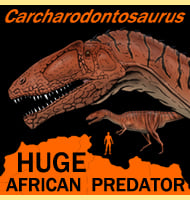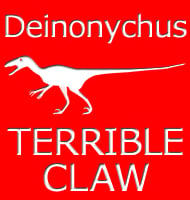Suchomimus
In Depth The discovery of Suchomimus helped towards the more accurate reconstruction of its potentially much larger relative Spinosaurus. Combined with knowledge from the discovery of Baryonyx and new partial skull material attributed to Spinosaurus remains resulted in Spinosaurus finally being given a crocodile-like skull instead that of the more typical theropod skull style. These … Read more

